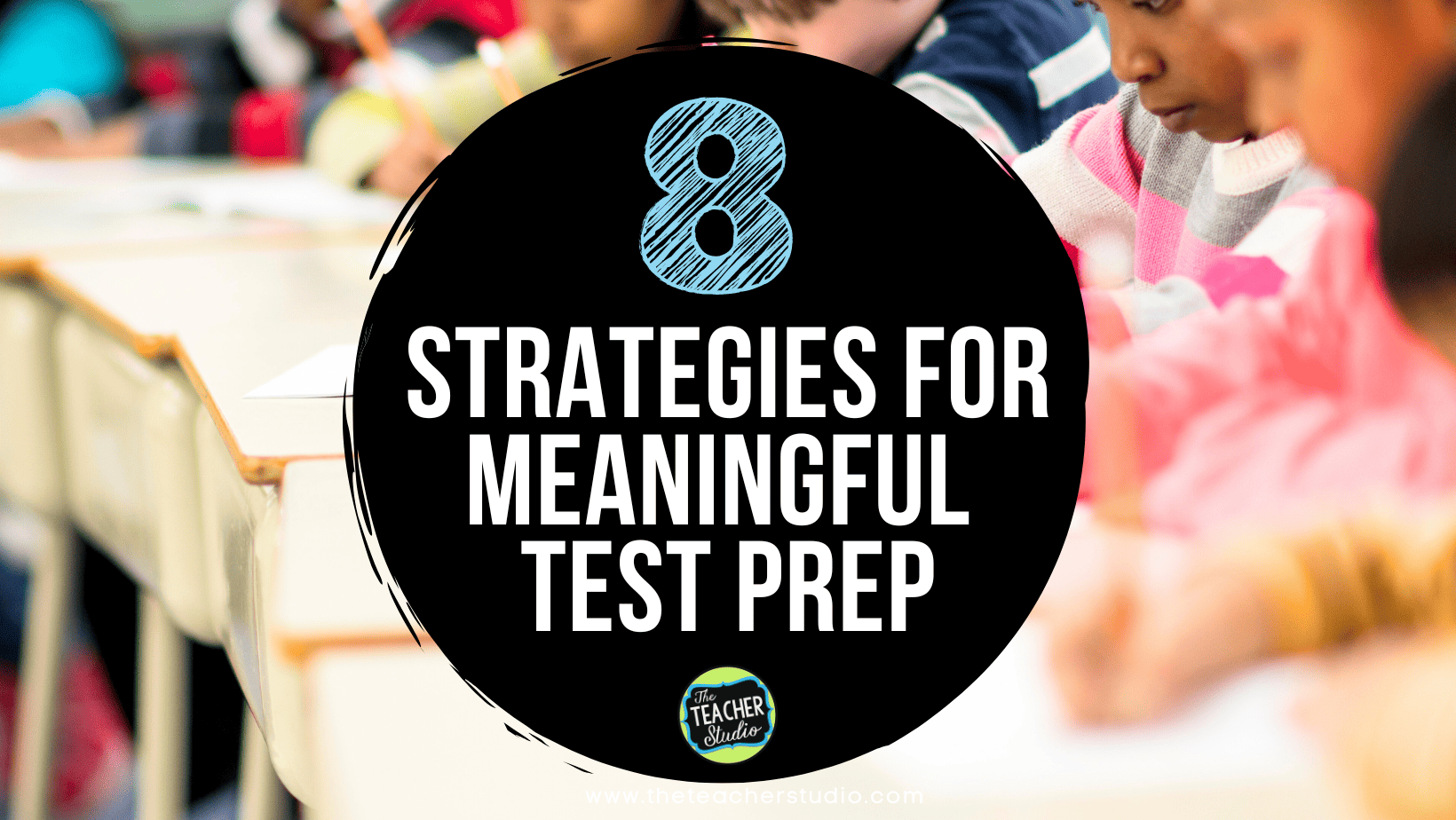As we move into the upper grades, we sometimes make some assumptions about some of those “basic skills” such as time, money, and basic computation. It is super important that we consistently put students in positions to apply these skills in new, more complex ways so we can keep our eye out for deficit areas and misconceptions.
So…I wanted to bring out some money and time problems to see how my students tackled them (we are NOT in the middle of a unit related to this…I really like to “spiral” my content). I use this as a perfect opportunity to reinforce quality work, accuracy and precision, and organization.
….and then I see this.
| So…not only do we have an elapsed time problem, we have a subtraction problem too! |
So it because pretty clear that we needed to reconvene and do some troubleshooting. (Ignore the hideous handwriting…this is just “real world math class”–no frills and pretty fonts!)
I brought the students together to have a little chat about different strategies–and estimating as well! Students need to be able to carefully read problems and have some idea about what the answer will be before they solve it…in this case, if a plane is leaving at 6:35 AM and arriving LESS THAN TWO HOURS later, they should be thinking about what they know about this information…2 hours is 120 minutes, so a reasonable answer would be less than 120 minutes.
We worked as a class to find different ways to solve this problem…from finding easy numbers (in this case, “whole” hours)…
We modeled it with numbers…
And with an open number line in different ways…
And then we went back to this algorithm.. At this point, I wanted students to be able to explain in clear math language WHY this algorithm doesn’t work–at least not by trading “tens”! We had a great chat about how hours are really “sixties”…so trading an HOUR gets you 60 minutes, not a “1” in the next place. It was quite an epiphany for some students–but I hope the strategies we did first help secure some other strategies to help solve this type of elapsed time problem.
So…pull out some problems unrelated to your current topic (It’s a lot easier to solve fraction problems when you are working on fractions…the real test of learning is being able to solve them at other times!).
Where did these problems come from? I keep problems like this at the ready in a tub…all printed, cut, paper clipped, and ready to use whenever I want! These are sets that have problems in a huge range of topics…the top resource is what I use the second half of the year and the bottom set is what I use earlier in the year (and for intervention groups later). See what you think!








